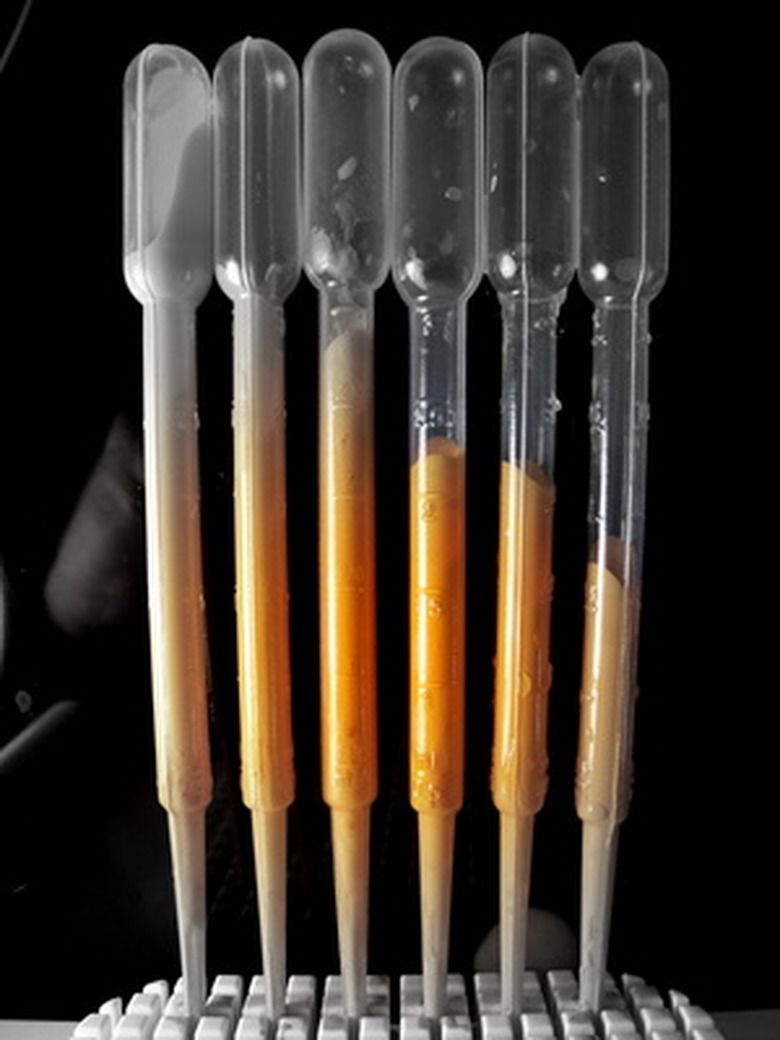What Is A Constant In A Science Fair Project?
Science fair projects must be carefully designed to ensure that the data collected is a true representation of scientific facts. One of the things to pay attention to in a science fair project is carefully maintaining all elements constant except for the experimental variables.
Definition
Definition
Constants, also known as controlled variables, are elements that are carefully monitored to ensure that they stay the same across all the experimental groups.
Purpose
Purpose
Having constants in a science fair project helps to ensure that any differences between experimental groups are an effect of the independent variable that is being studied, not other factors.
Identification
Identification
Constants must be identified before the experiment is begun. A good way to identify constants is to ask the question of what else might affect the dependent variable, which is the element being measured in the science fair project.
Example
Example
For example, in a science fair project that is measuring the effect of room temperature on the growth of broccoli seedlings, room temperature is the independent variable and height of seedling is the dependent variable. The constants include the type of pot, type and amount of soil, watering schedule and the depth at which seeds are planted.
Constant vs. Control
Constant vs. Control
The experimental constants or controlled variables are different from the control group. The control group is an experimental group where the independent variable is not manipulated. In the above example, the group of seedlings left at normal room temperature would be the control group.
Cite This Article
MLA
May, Kristen. "What Is A Constant In A Science Fair Project?" sciencing.com, https://www.sciencing.com/constant-science-fair-project-5977760/. 24 April 2017.
APA
May, Kristen. (2017, April 24). What Is A Constant In A Science Fair Project?. sciencing.com. Retrieved from https://www.sciencing.com/constant-science-fair-project-5977760/
Chicago
May, Kristen. What Is A Constant In A Science Fair Project? last modified August 30, 2022. https://www.sciencing.com/constant-science-fair-project-5977760/
